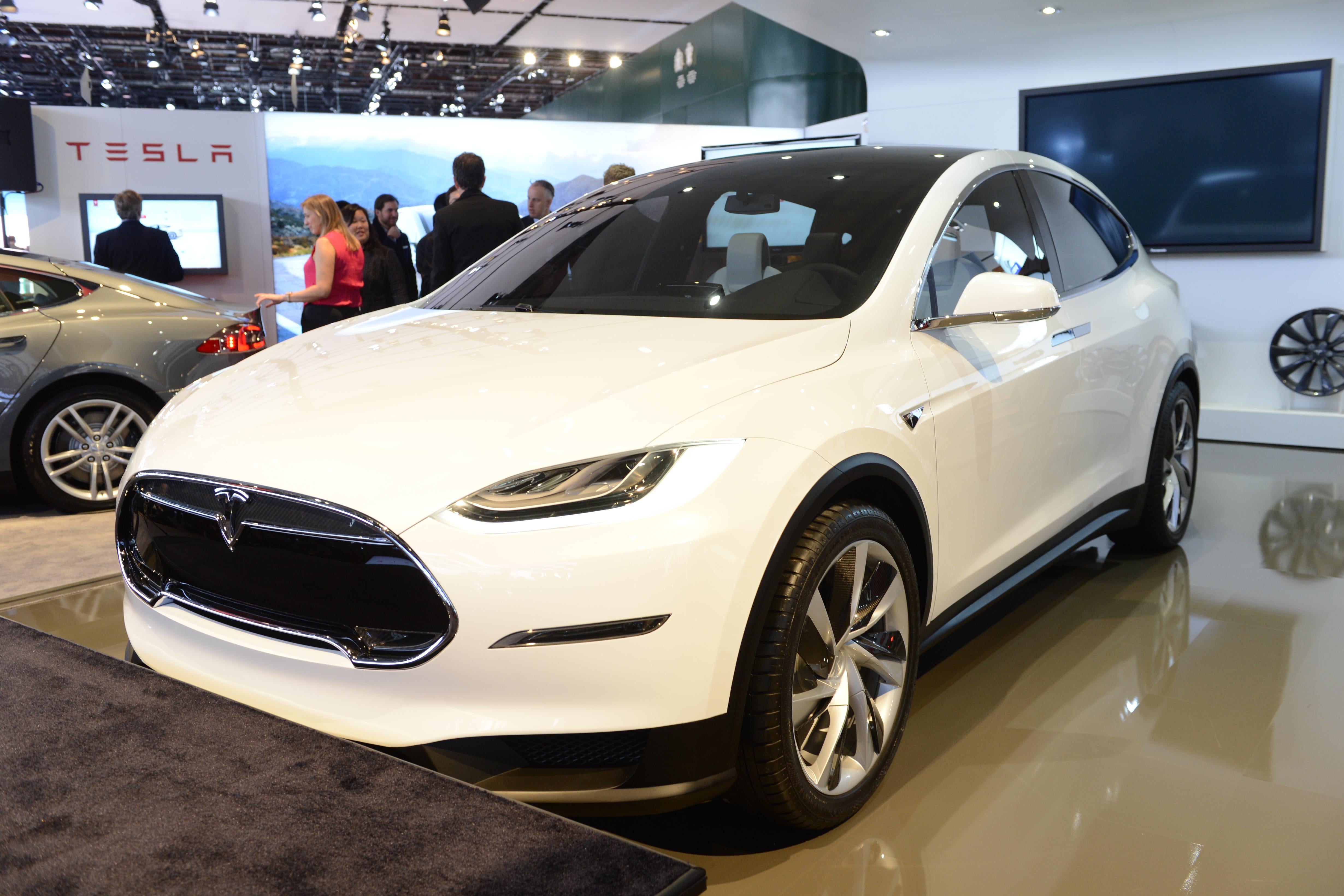David Roberts argues at Grist that one takeaway from the Tesla/New York Times feud is: “It is probably true that electric cars will never be able to replace gas cars, if the cars themselves — the widgets — are the only thing we replace.” He says the real issue here is one of systems, not individual vehicles.
I think that’s right, but Roberts doesn’t even bring up what would be the biggest system-wide change here—eliminating the driver.
If you imagine a taxi without a human driver, then the main cost is fuel. And cheap fuel is what electric vehicles are really good at. So in the morning a fleet of EVs will meet various peak-time commuters and take them to work. Then during the day, some of the EVs will be shuttling people around on nonpeak trips of various kinds while others are charging. Then there’s the big evening peak commute, and then you go back into off-peak mode. This whole fleet of cars designed for intracity travel never needs to develop even the range that the Model S has today. Yes, people will also want to take longer trips. And those trips will require some different vehicle. Maybe one with a higher capacity battery, maybe one with an internal combustion engine. But the vast majority of the car trips people take are short. The entire range problem with electric vehicles is because people want to own one car that meets all their car needs. But that “one person, one vehicle” paradigm is purely an artifact of the assumption that the vehicle’s owner needs to drive the car.
If the car drives itself, then you’ll match the vehicle to the specific needs of the trip. And an EV with a modest range will be well-suited to the vast bulk of the trips.
